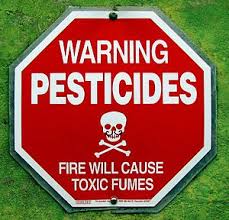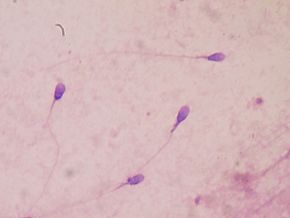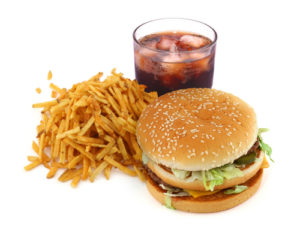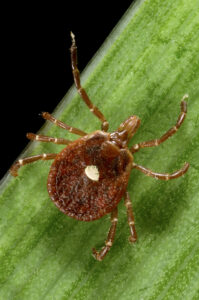
Worried about being exposed for years to sofas filled with flame retardants? The dust from the foam in these sofas release flame retardants into the air, which then get into people's bodies. Flame retardants are linked to all sorts of health problems (cancer risk, hormone disruption, and neurodevelopmental effects). But finally, there is some good news.
A recent study found that just one year after getting rid of old flame retardant filled sofas and chairs (and replacing them with flame retardant-free furniture) resulted in a huge decline in flame retardant polybrominated diphenyl ethers (PBDEs) in the body. The levels of PBDEs declined in half in 1.4 years.
The use of use of organophosphate flame retardants (OPFRs) in foam products (e.g., the foam in upholstered furniture) is also declining in upholstered furniture, but the levels in the study participants didn't decline as much. This is perhaps because OPFRs are still used today in many other products (e.g., as a plasticizer, a coating for electronic devices, in car furnishings).
Bottom line: When buying new sofas and upholstered chairs, look for flame-retardant free furniture. A label commonly on the bottom of the furniture will tell you if they contain flame retardant chemicals or not. [NOTE: Upholstered furniture made between 1970 and 2014 probably contains flame retardants.] Also, wash hands before eating. Vacuum with a HEPA filter.
From Medical Xpress: Swapping old sofas and chairs reduces body levels of harmful flame retardants
New research led by the California Department of Public Health and partners has found that replacing foam-containing furniture made before 2014 would cut in half levels of certain harmful flame retardants in people's bodies in just over a year.
Published in Environmental Pollution, the study is the first to show measurable health benefits from California's 2014 furniture flammability standard update, which made it possible for manufacturers to comply without adding chemical flame retardants. ...continue reading "Flame Retardant Levels In the Body Go Down When Old Sofas Are Replaced"


 The women she looked at lived in farming areas, and additionally many had their residences frequently sprayed for insects. Ultimately, women exposed to high levels of pesticides tend to develop metastatic untreatable breast cancer, and at a younger age (unlike other areas where breast cancer is highly treatable). She pointed out that pesticides also have a negative effect on the immune system.
The women she looked at lived in farming areas, and additionally many had their residences frequently sprayed for insects. Ultimately, women exposed to high levels of pesticides tend to develop metastatic untreatable breast cancer, and at a younger age (unlike other areas where breast cancer is highly treatable). She pointed out that pesticides also have a negative effect on the immune system. Cancer is feared by all. It seems to strike randomly, but not always. Certain cancers that occur in both
Cancer is feared by all. It seems to strike randomly, but not always. Certain cancers that occur in both 
 We all know sitting too much is not good for our health. But for many of us, it's our reality - sit all day at work, and then come home and relax by sitting all evening. But there is some good news. A recent
We all know sitting too much is not good for our health. But for many of us, it's our reality - sit all day at work, and then come home and relax by sitting all evening. But there is some good news. A recent 
 For years it has been known that increasing the amount of fiber (and drinking enough fluids) in a person's diet helps to prevent constipation. A recent large multi-year
For years it has been known that increasing the amount of fiber (and drinking enough fluids) in a person's diet helps to prevent constipation. A recent large multi-year  Ultra-processed foods are linked to many
Ultra-processed foods are linked to many 
